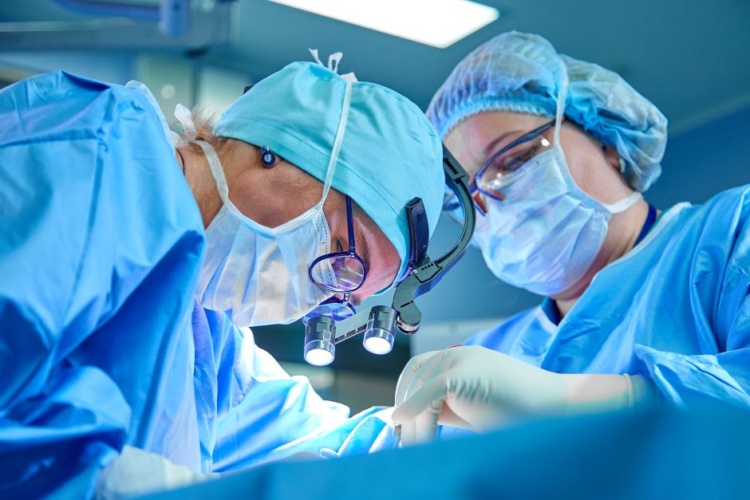Robot-assisted surgery to improve cancer procedures
A new robot-assisted surgery technique to improve cancer surgical outcomes and patient care is being developed in Scotland.

The robot-assisted surgery technique – pioneered by the National Robotarium, industry partners and Edinburgh-based clinicians - has been awarded £1.25m by the Engineering and Physical Sciences Research Council. It will be used during robotic surgery to help decide how much of the patient’s tissue is affected by cancer and should be removed. The new method will provide surgeons with real-time feedback, allowing for greater precision when differentiating normal from abnormal tissue.
The outer rim of tissue which the surgeon chooses to remove is called the ‘surgical margin’, which is identified using the surgeon's experience, preoperative imaging visual observations and, in open surgery, tactile 'feel'. Another method involves sending specimens during the operation to the pathology lab for ‘frozen section’ which takes 15-20 minutes. When undertaking ‘keyhole surgery’ using laparoscopic, endoscopic or robotic operations, surgeons can’t use 'feel' to determine tissue characteristics.
Register now to continue reading
Thanks for visiting The Engineer. You’ve now reached your monthly limit of news stories. Register for free to unlock unlimited access to all of our news coverage, as well as premium content including opinion, in-depth features and special reports.
Benefits of registering
-
In-depth insights and coverage of key emerging trends
-
Unrestricted access to special reports throughout the year
-
Daily technology news delivered straight to your inbox










Water Sector Talent Exodus Could Cripple The Sector
Maybe if things are essential for the running of a country and we want to pay a fair price we should be running these utilities on a not for profit...